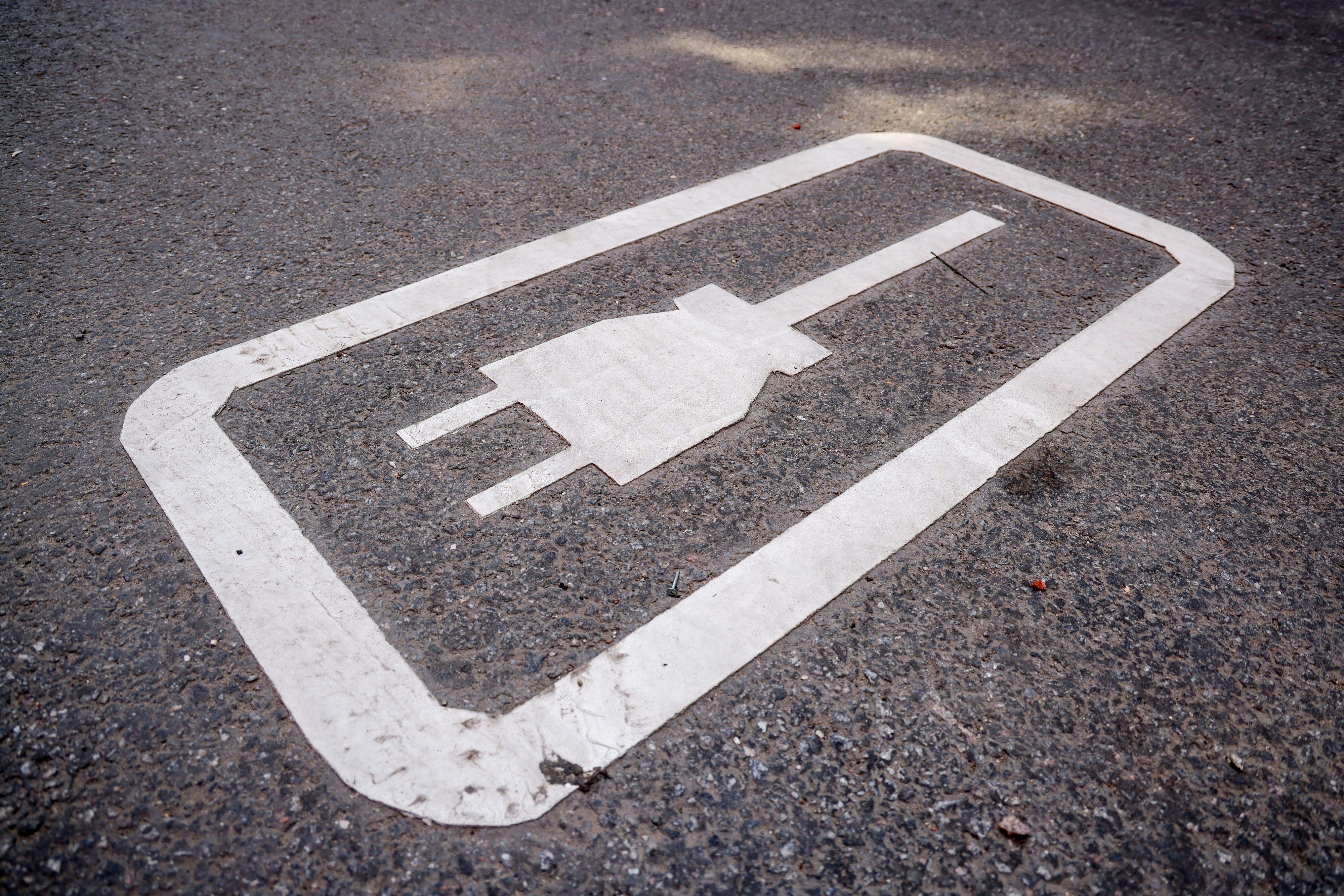
To meet the surging global demand for batteries that power electric vehicles and store renewable energy, we’re going to need a whole lot of lithium: specifically, around 3 to 4 million metric tons of lithium carbonate equivalent (a commonly used form of the metal) by 2030, according to an April report from McKinsey & Company. That’s a huge jump from last year’s figure of merely 500,000 metric tons, largely thanks to rising lithium-ion battery demand.
Around half of all lithium is currently extracted in South America, where it’s found in the world’s highest concentrations, while the United States’ supply composes 26 percent and China’s 14 percent. But if things go according to plan, the U.S. could soon contribute a significantly larger chunk of the valuable metal. While we only have one active domestic mine, new production projects are currently in the works around the country.
Now, a new study published in the Proceedings of the National Academy of Sciences proposes an innovative solution that could spur new lithium production while diminishing harmful environmental problems caused by old methods.
Here’s the Background — Why is “white gold” so valuable? For starters, it’s the lightest metal on Earth, which makes for cost-efficient vehicles and energy storage. It’s also considered an excellent conductor of electricity and heat. Despite an increased urgency for an abundant lithium supply, sourcing this sought-after metal can be costly both to our wallets and the environment.
Chemists extract lithium from mined ores or, more commonly, from salty, mineral-filled water called brine pumped from deep underground. In fact, trace amounts of chemical compounds that contain lithium can be found in most soils, rocks, geothermal sources, and bodies of water.

These operations come with significant costs. The tried-and-true method to derive lithium from brine involves drying it out in a plastic-lined pond, which leaves deposits of salts that include boron and lithium.
Pumping out this salty water can drain underground aquifers and rob local communities of their water supply, a consequence that often negatively impacts Indigenous groups in South America’s “Lithium Triangle.” This region holds particularly rich supplies of lithium beneath its salt flats. Overall, extracting lithium requires massive amounts of water. The process can pollute the surrounding air and soil and leak toxic chemicals into the local water supply, poisoning fish and killing livestock.
Chong Liu, a molecular engineer at the University of Chicago, offers a potential solution. In the PNAS paper, Liu and her colleagues propose a novel method that could both return water to the ground that is usually lost to evaporation and open up new lithium sites that were once thought to be too diluted to extract from.
Liu suggests sourcing water from “unconventional sources” with relatively low lithium concentrations like geothermal sites, oil and gas reservoirs, and leftover brine from seawater desalination. Scientists could then use a technology called electrochemical intercalation to apply an electrode, or a material that conducts electricity, to remove ions from water and separate lithium from competing ions, such as sodium and magnesium. In the new study, Liu’s team tested a model of a mineral called olivine for this purpose.
This process could circumvent the need for the harsh chemicals typically used to isolate lithium ions, and it wouldn’t require working in sites that could be depleted over time, opening up more swaths of land to extraction. “The premise to use these unconventional water sources undoubtedly has great potential,” Richard Herrington, a mineral scientist at the Natural History Museum in England, tells Inverse.

What They Found — To determine whether these unconventional water sources offer enough lithium to justify extraction, Liu’s team studied water derived from over 122,000 sources. While they deemed it a worthy venture, the researchers noted that the amounts of sodium, magnesium, potassium, and calcium in a given source’s water can affect the success of electrochemical intercalation. Sodium poses a particular challenge in lithium extraction, Liu said in a press release.
Going forward, scientists must identify a solid material that enables them to more effectively isolate lithium from diluted water. “I hope these results will encourage others to study lithium extraction, especially to find better materials that can increase lithium selectivity,” Liu said.
What’s Next — If successful, this method could reduce the environmental impacts of lithium extraction, Herrington notes, and would likely only require a relatively small electrochemical plant to get the job done. Plus, it could complement relatively eco-friendly processes like geothermal energy generation and seawater desalination because it feeds off their byproducts. “Here the footprint should be quite small,” he says. “If you take this technology at face value, you would not have a waste product coming up to the surface, and the waste actually goes back underground where it came from.”
Electrochemical intercalation is just one potential solution to lithium extraction’s major footprint. For instance, Southern California’s Salton Sea offers both bountiful geothermal energy and a promise of lithium riches. The lake’s brine water is chock-full of the hyped-up metal, which was once considered a useless byproduct of geothermal energy generation and injected back into the ground.

Now, entrepreneurs like Derek Benson, chief operating officer of a company called EnergySource Minerals, aim to turn one man’s trash into another man’s treasure. EnergySource Minerals draws out lithium from the brine using a mystery proprietary technology with a “chemistry that has an affinity for lithium and really only the lithium,” Benson told CNN.
Herrington guesses that some of the patented technologies now employed at the Salton Sea utilize the ion-exchange process, a chemical reaction in which ions are swapped between water and a resin to rid it of the unwanted substances. This technique is already used to treat wastewater.
Taken together, methods like ion exchange and electrochemical intercalation could accelerate the push toward cleaner energy and vehicles. But further research is needed to explore the latter. “We have better defined the playground, and now more people can join in and study lithium extraction,” Liu said.







